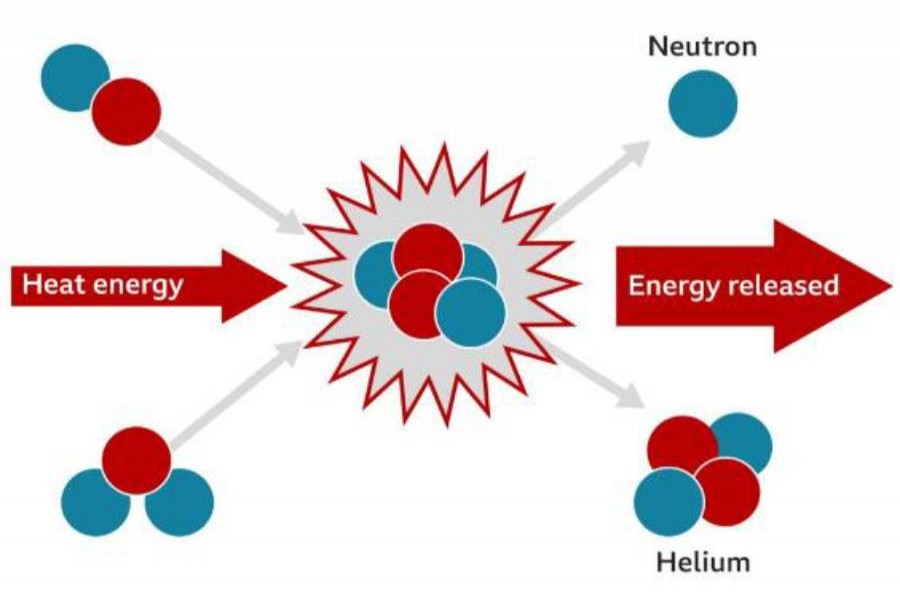The driver of both life and economy is energy. Animals get their energy from carbohydrates in their foods. Most factories, power plants and transports run on fossil fuel. Fossil fuels are hydrocarbons. And the burning of hydrocarbons is the major source of greenhouse gases that cause global warming. Moreover, hydrocarbon reserves in the world are not unlimited. Today or tomorrow, those reserves will be depleted. So, scientists have long been in search of an alternative source of energy that is cheap, non-polluting and the world has an abundant supply of it.
The nuclear energy could be one such clean and inexhaustible source of energy. But the way in which nuclear energy is now derived from Uranium-235 and Plutonium-239 as fuels in the nuclear reactors, it is neither efficient, nor cheap. And the supply of nuclear fuel in its present form is also limited. Moreover, as nuclear fuels leave radioactive materials as waste after use, it cannot also be said to be clean and safe.
So, the use of fossil fuel as the mainstay of energy continues as before. And how dependent the world is still on fossil fuel has again become glaringly evident from the Ukraine war, particularly, with the supply crunch of natural gas and fuel oil from Russia. As a result, some countries in the West have even opted for the dirtiest kind of fossil fuel, coal. So, the question arises, if the world is shifting from its promise of gradually weaning itself from fossil fuel!
But good news seems to be coming from a nuclear research laboratory in the USA.
Five days back, scientists at the National Ignition Facility (NIF) of the Lawrence Livermore National Laboratory (LLNL) in California announced a breakthrough in nuclear research. In the experiment, scientists fired 192-beam laser at a tiny amount of deuterium and tritium, both isotopes of hydrogen, kept in a pea-sized capsule. It heated and compressed the capsule to a temperature of 100 million degrees Celsius (the kind of temperature created at the core of the Sun as well as the stars) and produced pressure equivalent to 100 billion times the atmospheric pressure. In the process, the deuterium and tritium atoms were fused to make a helium atom thereby releasing an amount of fusion energy that was more than what was put in through the laser beams.
In fact, the lasers that bombarded the hydrogen capsule carried 2.5 megajoules (MJ) of energy. But the energy that was released from the fusion of the two types of hydrogen atoms was equivalent to 3.15 MJ. It is indeed a great piece of news for the simple reason that it is for the first time that scientists have been able to develop a process that is more than hundred per cent efficient at energy production.
Why is the result at the NIF at LLNL so important? So far, fusion of lighter atoms has been possible only by way of using the heat generated by fission (breaking up) of the atoms of very heavy metals like Uranium and Plutonium. But the efficiency of the process was low as the fusion created less energy than that was put in through fission.
Since the 1950s, hundreds of experiments have been conducted to achieve this 'holy grail' of nuclear fusion at different laboratories in the USA, in Europe and elsewhere. But this is the first-ever experiment that has claimed success.
Will repeated LLNL-type experiments come up with the same result? If that happens, it would be an epoch-making event in science. It will be the ultimate answer to the problem of clean, safe and limitless energy for humanity.


